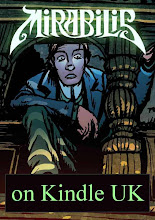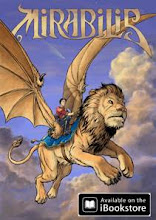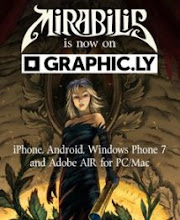 A decade ago, a phone was still just a device you used to call somebody up. Then people in games and television started to take an interest. After all, here's a little gizmo stuffed with electronics that people carry everywhere. The developers started to think of what kind of games you could play on that - a route to the holy grail of casual gaming, then only dreamed of. Television folk noted the way that audiences were engaging with shows like Big Brother, their interest piqued probably not so much by the opportunity to create new and interesting formats as by the chance to milk more money from the viewers.
A decade ago, a phone was still just a device you used to call somebody up. Then people in games and television started to take an interest. After all, here's a little gizmo stuffed with electronics that people carry everywhere. The developers started to think of what kind of games you could play on that - a route to the holy grail of casual gaming, then only dreamed of. Television folk noted the way that audiences were engaging with shows like Big Brother, their interest piqued probably not so much by the opportunity to create new and interesting formats as by the chance to milk more money from the viewers.Leo and I were working in that unmapped border country between games and TV. We got to go to lots of meetings and conferences where people would get excited by ARGs and ways of delivering content as a finger buffet across multiple media. Where there are no maps, dragomans grow sleek and fat. Nowadays you'll hear the word "convergence" less and the words "curate" and "transmedia" more; otherwise those conferences haven't much changed in the intervening ten years.
As Leo and I were not equipped with the lavish budget that broadcasters give to the people who jaw-jaw, we had to focus on rather more modest goals than setting up a citywide game funnelling attention towards a reality TV show. One of the technologies we looked at was WAP. Crude by the standards of a modern smartphone, the phones back then allowed text and very simple graphics. "Aha!" we thought. "Gamebooks."
We realized that the sub-sub-Tolkien brand of fantasy popularized in the gamebooks of the 1980s were not going to grab a broad, casual, all-ages market. Instead we focussed on various types of family entertainment. One of our projects was Tell Me A Story, a series of mother-&-me interactive stories on a phone. Say you miss the bus, it's raining, and you have to wait twenty minutes for the next one. Twenty minutes - that's a yawning infinite gulf of boredom to a preschool child. These WAP gamebooks gave you an interactive fairytale that you could read to your kids, helping them with the choices - none of which was ever a wrong choice, of course. The pleasure of interacting was to see where the story would spin off to.
You can see how one of our Tell Me A Story gamebooks would have worked over on the Fabled Lands blog. As fairytales are such archetypal story forms, and most of us learn our storytelling grammar from them, kicking in a bit of interactivity seems to make a lot of sense. Now that we're into the era of apps, I'm thinking that Leo and I ought really to get back to this project. Um, just as soon as we finish the remaining 540 pages of Mirabilis, that is.
























An interesting idea, but I think that visual stories appeal to young children more than text adventures do. I may be wrong though.
ReplyDeleteI think it's true that young children aren't interested in reading text, Hamza, but I believe that anyone who has told a child a story will know that the pictures they conjure up in their imagination are more vivid than any book illustration. The idea behind the Tell Me A Story apps is that the parent would read the text aloud, making decisions along with the child.
ReplyDeleteI think this is a splendid idea! Let me know when you're done... :)
ReplyDeleteI've tried something like this but with small picture cards. Adding text would sure help a tired and/or stressed parent who left imagination in bed.